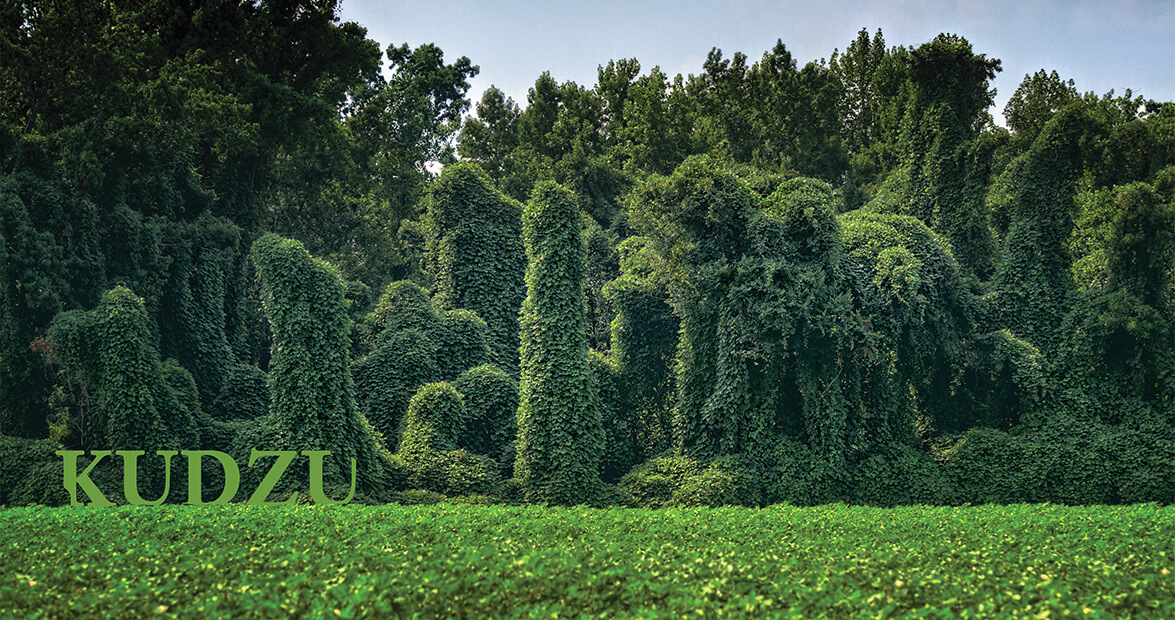Wisconsin News
Fast Growing, Invasive Vine Poised To Start Spreading Through Midwest States

One of the country’s most notorious invasive plants is expected to become a major pest throughout the Midwest.
A study published earlier this year by researchers at Purdue University-Fort Wayne identified the Great Lakes as the next frontier for kudzu.
Kudzu is a vine type plant that was first brought to the United States from Asia as an ornamental plant and was eventually used for erosion control. In addition to its thick vines, kudzu produces large, fragrant purple flowers and brown, hairy seed pods.
It quickly grew out of control and was removed from the list of acceptable species in the Agricultural Conservation Program. By 1998, Congress listed it as a “noxious weed” and it is now commonly known as “the vine that ate the South.”
Jordan Marshall, a professor of plant biology at Purdue University-Fort Wayne and lead researcher on the kudzu study, said speed is the plant’s primary weapon.
|He says It grows very fast and it is able to overtop other plants. Essentially, when it grows over the other plants, it shades them out. And that’s where we start to see losses of trees, ground cover, things that are supposed to be there,”. The Nature Conservancy said kudzu vines can grow up to a foot per day and mature vines can reach upwards of 100 feet.
The fight against kudzu will only get harder as the climate around the Great Lakes continues to warm as the plant thrives in areas with hot summers and mild winters.
To get rid of the spread, Marshall believes it’s best to act quickly before the plant gets a chance to spread further. He says “It takes people going out and actually cutting it and using herbicides to kill the root.
Kudzu seeds can survive for several years in the ground, so depending on the size of the infestation, it could take several years of pulling and monitoring to truly kill it off.
If you see or know of a kudzu infestation in your community, people are asked to contact the Midwest Invasive Species Information Network.


